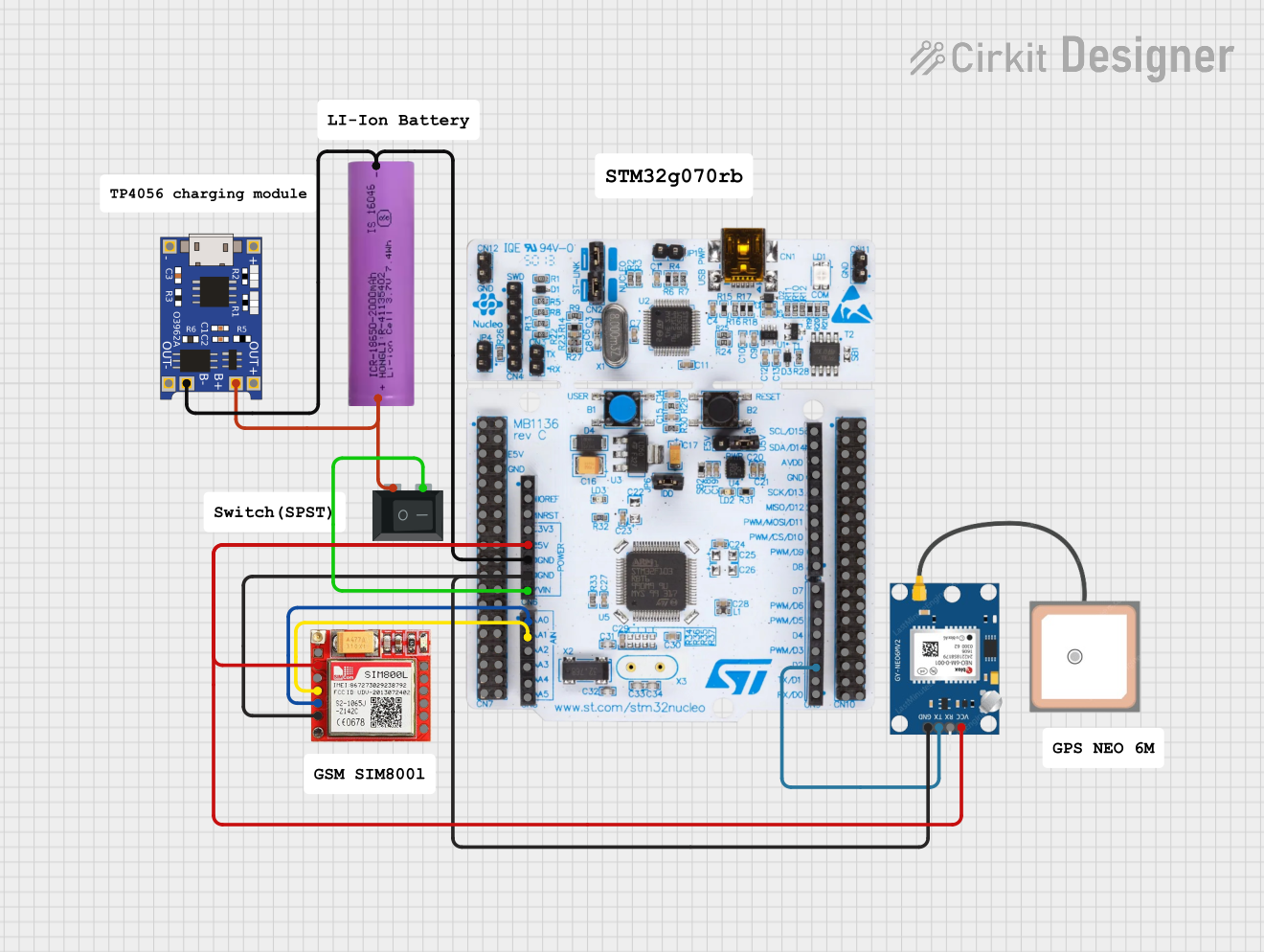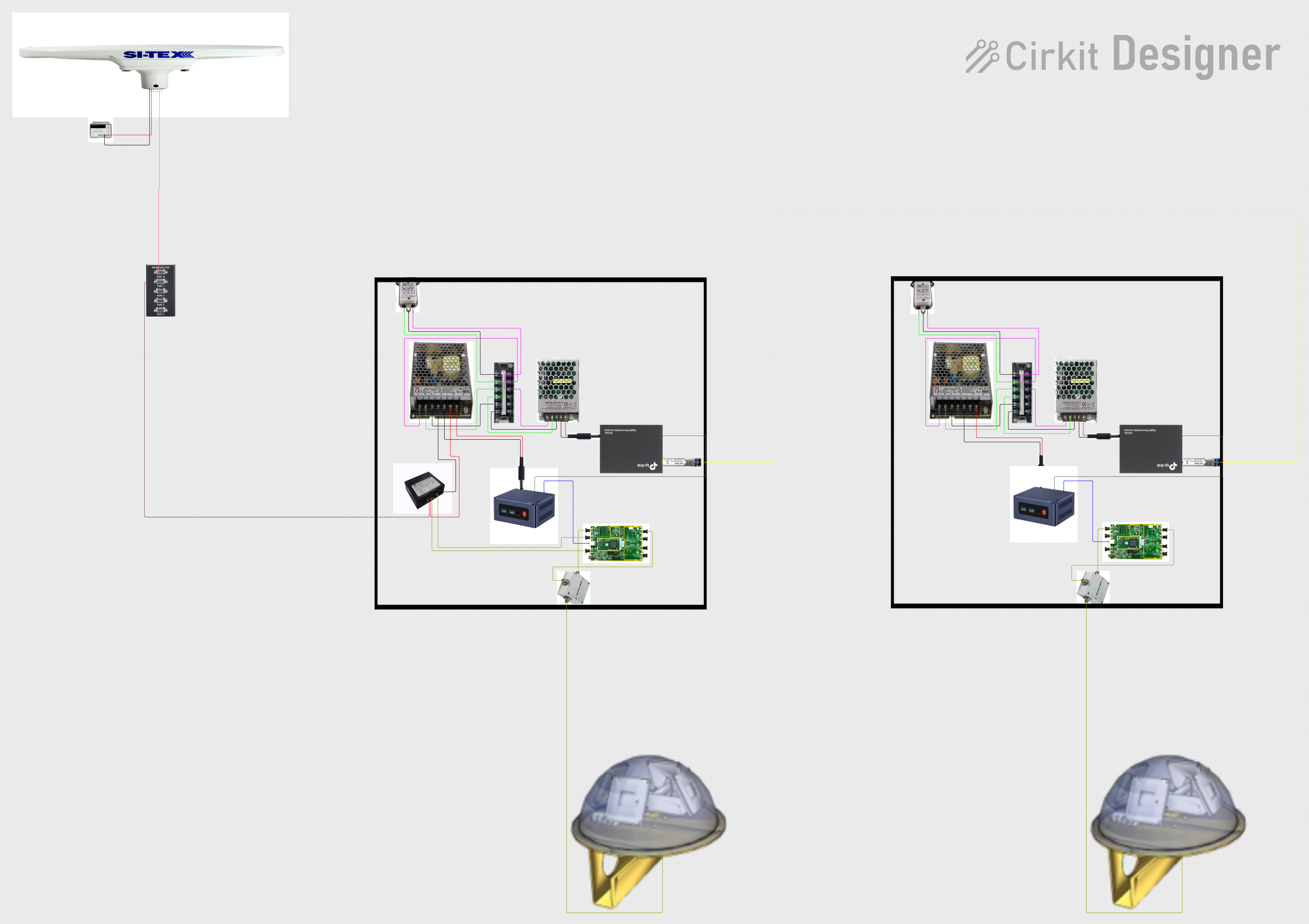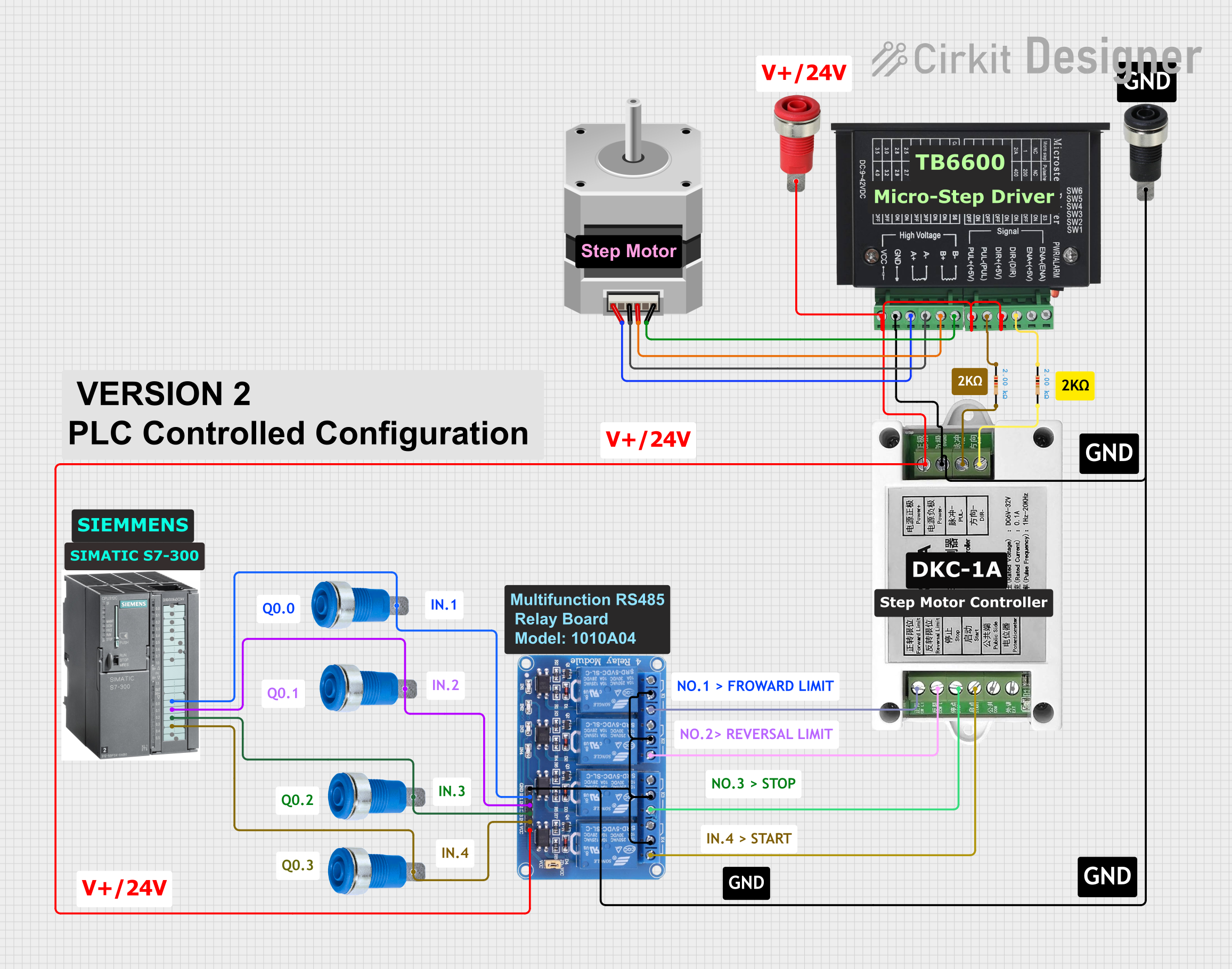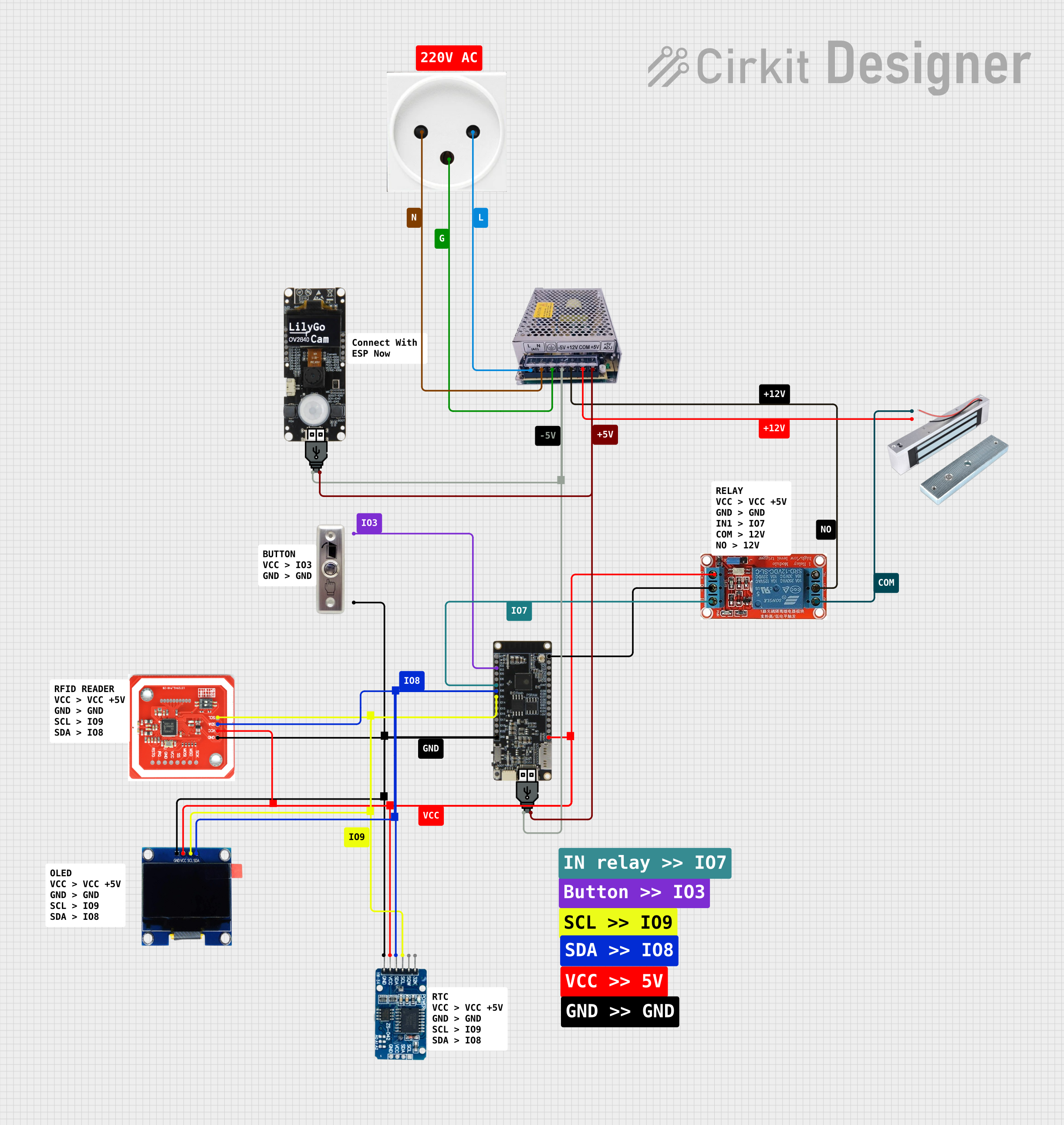
How to Use SN754410: Examples, Pinouts, and Specs

 Design with SN754410 in Cirkit Designer
Design with SN754410 in Cirkit DesignerIntroduction
The SN754410 is a versatile quadruple half-H driver integrated circuit designed to control the direction and speed of DC motors. It provides bidirectional drive currents of up to 1A at voltages from 4.5V to 36V. This IC is widely used in robotics, automotive applications, and various motor control systems due to its ability to interface with logic signals, such as those from an Arduino or other microcontrollers.
Explore Projects Built with SN754410

 Open Project in Cirkit Designer
Open Project in Cirkit Designer
 Open Project in Cirkit Designer
Open Project in Cirkit Designer
 Open Project in Cirkit Designer
Open Project in Cirkit Designer
 Open Project in Cirkit Designer
Open Project in Cirkit DesignerExplore Projects Built with SN754410

 Open Project in Cirkit Designer
Open Project in Cirkit Designer
 Open Project in Cirkit Designer
Open Project in Cirkit Designer
 Open Project in Cirkit Designer
Open Project in Cirkit Designer
 Open Project in Cirkit Designer
Open Project in Cirkit DesignerTechnical Specifications
Key Technical Details
- Motor Voltage (VM): 4.5V to 36V
- Logic Voltage (VCC): 4.5V to 5.5V
- Output Current (IO): 1A per channel (1.2A peak)
- Output Clamp Diodes: For inductive transient suppression
- Input Logic Levels:
- LOW: 0V to 1.5V
- HIGH: 2.3V to VCC
Pin Configuration and Descriptions
| Pin Number | Name | Description |
|---|---|---|
| 1 | 1,2EN | Enable input for drivers 1 and 2 (active high) |
| 2 | 1A | Input control for driver 1 |
| 3 | 1Y | Output for driver 1 |
| 4 | GND | Ground (0V) reference for logic and power |
| 5 | 2Y | Output for driver 2 |
| 6 | 2A | Input control for driver 2 |
| 7 | VS | Supply voltage for the motor (VM) |
| 8 | 3,4EN | Enable input for drivers 3 and 4 (active high) |
| 9 | 3A | Input control for driver 3 |
| 10 | 3Y | Output for driver 3 |
| 11 | GND | Ground (0V) reference for logic and power |
| 12 | 4Y | Output for driver 4 |
| 13 | 4A | Input control for driver 4 |
| 14 | VCC | Supply voltage for logic (VCC) |
| 15 | NC | No Connection (not used) |
| 16 | NC | No Connection (not used) |
Usage Instructions
How to Use the SN754410 in a Circuit
Power Connections:
- Connect the motor power supply to pin 7 (VS) and ground to pin 4 (GND).
- Connect the logic power supply to pin 14 (VCC) and ground to pin 4 (GND).
Motor Connections:
- Connect the terminals of the DC motor to the output pins 3Y and 6Y for one motor, and 10Y and 12Y for another motor if needed.
Control Signal Connections:
- Connect the control signals from the microcontroller to the input pins 2A, 6A, 9A, and 13A.
- Connect the enable pins 1,2EN and 3,4EN to logic high to enable the drivers.
Programming the Microcontroller:
- Write a program to send the appropriate logic signals to the control and enable pins to control the motor's direction and speed.
Important Considerations and Best Practices
- Ensure that the power supply can deliver sufficient current for the motors.
- Use flyback diodes across the motor terminals to protect against voltage spikes.
- Avoid exceeding the maximum ratings of the IC to prevent damage.
- Provide adequate heat sinking if the IC is expected to handle high currents for extended periods.
Example Code for Arduino UNO
// Define the control and enable pins
const int enablePin = 2; // Enable pin for drivers 1 and 2
const int motorPin1 = 3; // Control pin for driver 1
const int motorPin2 = 4; // Control pin for driver 2
void setup() {
// Set the motor control and enable pins as outputs
pinMode(enablePin, OUTPUT);
pinMode(motorPin1, OUTPUT);
pinMode(motorPin2, OUTPUT);
// Enable the motor driver
digitalWrite(enablePin, HIGH);
}
void loop() {
// Spin the motor in one direction
digitalWrite(motorPin1, HIGH);
digitalWrite(motorPin2, LOW);
delay(1000);
// Stop the motor
digitalWrite(motorPin1, LOW);
digitalWrite(motorPin2, LOW);
delay(1000);
// Spin the motor in the opposite direction
digitalWrite(motorPin1, LOW);
digitalWrite(motorPin2, HIGH);
delay(1000);
}
Troubleshooting and FAQs
Common Issues
- Motor not spinning: Check power supply, connections, and ensure the enable pin is set high.
- Overheating: Ensure proper heat sinking and that the current does not exceed the IC's limits.
- Erratic behavior: Verify that the logic signals are within the specified levels.
Solutions and Tips
- Power Supply: Use a separate power supply for the motors to prevent noise in the logic circuits.
- Heat Sinking: Attach a heat sink to the IC if it gets too hot to the touch during operation.
- Signal Levels: Use a logic level converter if the microcontroller operates at a different logic level than the SN754410.
FAQs
Q: Can the SN754410 drive stepper motors? A: Yes, it can drive bipolar stepper motors by controlling the current in each coil.
Q: What is the maximum frequency for PWM control? A: The SN754410 can handle PWM frequencies up to 100kHz, but practical frequencies are usually below 25kHz to minimize losses.
Q: How can I increase the current handling capability? A: You can parallel the outputs of multiple SN754410 ICs, but ensure proper current sharing with resistors or other means.